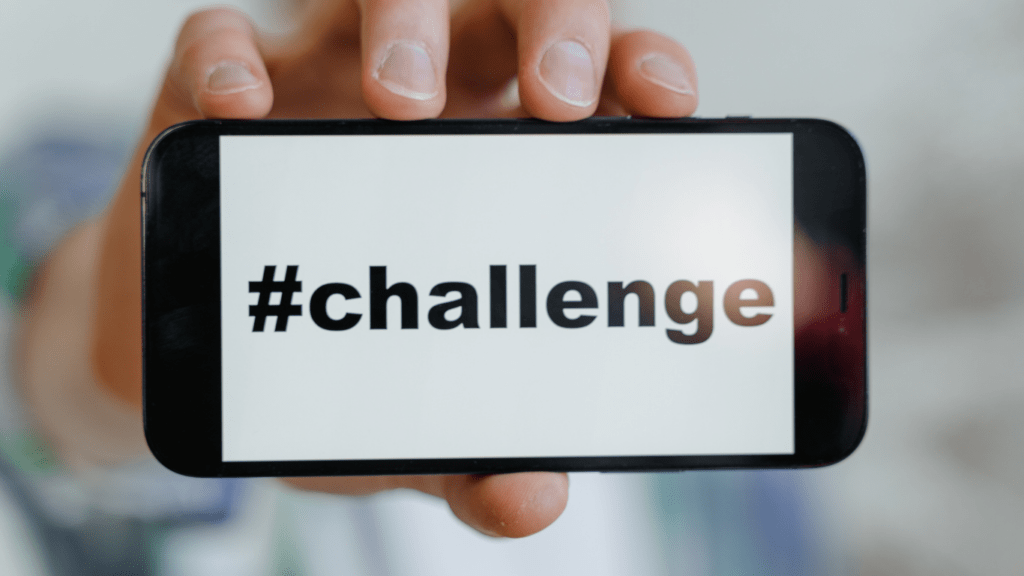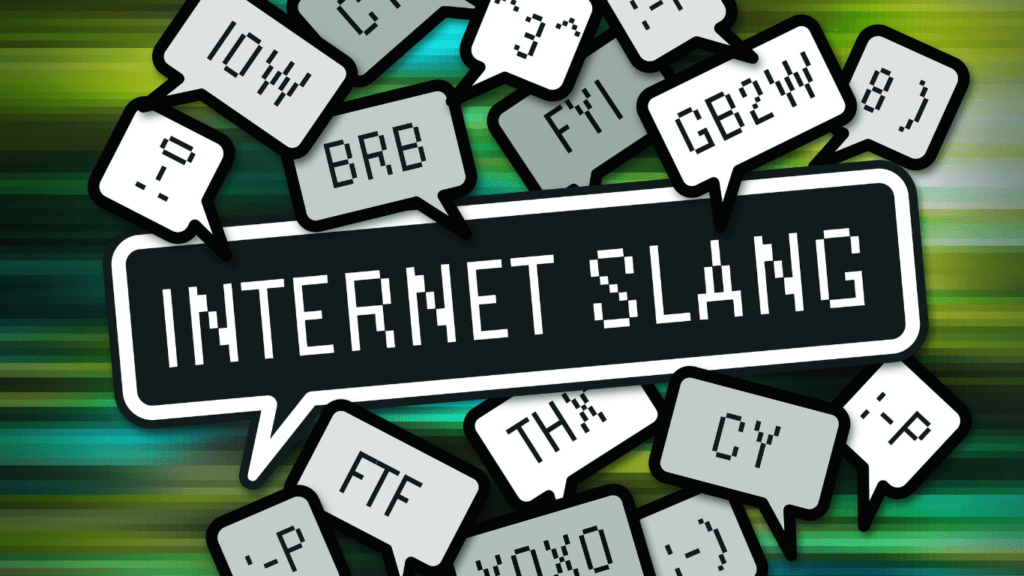Understanding Internet Challenges and Meme Culture
Internet challenges and meme culture represent two key aspects of modern digital interaction. They shape how people engage with content and contribute to both creative trends and societal concerns.
Defining Internet Challenges
Internet challenges involve tasks, concepts, or stunts shared online, often encouraging imitation for entertainment or engagement. Examples include the Ice Bucket Challenge, which promoted ALS awareness, and the dangerous Tide Pod Challenge, which risked participants’ safety. These challenges thrive on participation rates, driving widespread visibility and fostering a sense of community through shared experiences.
The Evolution of Meme Culture
Meme culture evolved from simple image macros to complex multimedia formats that reflect humor, social commentary, and cultural shifts. Early examples, like “Doge,” laid foundations for creative expression in digital spaces. Platforms like Reddit and TikTok now amplify memes’ spread globally, enabling real-time responses to current events. Their adaptability makes them integral to online communication.
How They Intersect and Influence Digital Behavior
The intersection of challenges and memes drives digital behavior by:
- blending humor
- relatability
- engagement
Challenges often serve as inspiration for meme creation, as seen during trends like the Harlem Shake. Both phenomena encourage content creation and sharing, shaping user interactions while sometimes promoting harmful behaviors or misinformation. This duality highlights the thin line between collective creativity and digital risks.
The Appeal of Internet Challenges and Memes
Internet challenges and memes captivate audiences through their relatability, humor, and potential for social connection. Their appeal stems from their ability to entertain while fostering a sense of community and engagement across diverse audiences.
Why They Go Viral
Internet challenges and memes spread rapidly due to relatability, shareability, and visual impact. Relatable content resonates with large audiences, prompting users to share it widely. Shareable formats, like bite-sized videos and images, make distribution easy. High visual appeal, through catchy visuals or dynamic stunts, grabs attention and encourages engagement across social media feeds.
The Role of Social Media Platforms
Social media platforms amplify the reach of challenges and memes by prioritizing trending content through algorithms. Platforms like TikTok and Instagram encourage creators to participate in challenges via built-in features like duet tools or hashtags, boosting visibility. Viral content thrives in environments designed for rapid sharing and interaction, where users constantly engage with new trends.
Psychological and Social Factors Driving Participation
Participation in challenges and memes is often driven by a need for belonging, validation, and entertainment. Social validation plays a role as users seek likes, comments, and shares on their posts. The sense of belonging emerges when individuals join broader trends, connecting with others who share similar digital interests. Entertainment is a primary motivator, with many engaging simply to enjoy or recreate humorous, creative, or daring content.
The Risks of Internet Challenges and Meme Culture

While internet challenges and meme culture offer creative and social benefits, they also present significant risks. From harmful trends to mental health effects, these aspects impact users in increasingly concerning ways.
Harmful Trends and Dangerous Challenges
Some internet challenges prioritize virality over safety, leading to life-threatening risks. Dangerous examples include the Tide Pod Challenge, which caused poisoning incidents, and the Blackout Challenge, linked to fatalities due to asphyxiation. Trends like these spread rapidly on platforms like TikTok and encourage imitative behavior, especially among younger users. Without adequate regulation or awareness, these challenges jeopardize participants’ health and well-being.
Impact on Mental Health and Well-being
- Frequent exposure to sensationalized challenges and memes contributes to anxiety or low self-esteem.
- Constant comparison to others’ curated online personas fosters feelings of inadequacy, particularly among teenagers.
- Participation in risky challenges for validation often results in negative mental health outcomes, such as stress or social withdrawal when engagement levels falter.
- Memes, while humorous, sometimes perpetuate stereotypes or harmful narratives that affect vulnerable audiences.
Cyberbullying and Online Harassment
Internet challenges and memes also fuel cyberbullying and targeted harassment. Users who fail or refuse to participate in challenges may face ridicule, while memes often become tools for mockery or exclusion. Viral meme formats have been repurposed to antagonize individuals or groups, escalating conflicts within online communities. This hostile environment impacts victims’ emotional well-being and deters others from engaging freely in digital spaces.
Positive Impacts of Internet Challenges and Memes
Internet challenges and memes play crucial roles in shaping digital interactions and creating positive outcomes. Their influence extends to creativity, awareness campaigns, and fostering shared humor.
Fostering Creativity and Online Communities
Memes and challenges nurture creativity by encouraging participants to reimagine trends in unique ways. For instance, remixing popular meme templates or inventing new spins on viral challenges generates dynamic content. This creativity fosters online communities where users bond over shared interests, as seen in fandom groups on platforms like Reddit or TikTok. Collaborative participation boosts social engagement and cultivates a sense of belonging in these digital ecosystems.
Raising Awareness Through Viral Campaigns
Viral challenges like the Ice Bucket Challenge demonstrate how internet phenomena can promote social causes. This particular challenge raised over $220 million globally for ALS research, according to the ALS Association. Such campaigns captivate audiences by combining entertainment with advocacy, amplifying the reach of pressing issues. Participants spread critical messages to diverse online networks while contributing to real-world impact.
Encouraging Humor and Shared Experiences
Memes and challenges provide users with relatable humor that strengthens human connections. Funny memes, such as the “Distracted Boyfriend” meme or cat videos, offer easy-to-digest content that appeals to a broad audience. Participating in lighthearted trends, like the “Mannequin Challenge,” enables users to share joyful experiences, building collective positivity. This shared laughter serves as a universal language, bridging cultural gaps in the online community.
Navigating the Digital Risks
Understanding and addressing the risks of internet challenges and meme culture is essential for fostering a safer online environment. Staying informed and adopting responsible digital practices help mitigate potential dangers.
Tips for Safe Participation
Evaluating risks before joining any challenge reduces the likelihood of harm. I prioritize understanding the nature of the challenge by researching its origin and verifying if it involves unsafe acts. Participating only in challenges promoted by credible sources ensures safety. Observing others’ experiences and seeking insights from trusted digital communities provides additional guidance.
Engaging with peer-reviewed trends or socially beneficial challenges keeps participation meaningful. For example, campaigns like the Ice Bucket Challenge focus on awareness and charity instead of dangerous stunts. Sharing safety-conscious content encourages others to adopt ethical digital habits.
Recognizing and Reporting Harmful Content
Identifying harmful trends is key to reducing their spread. I examine content for warning signs like explicit harm, illegal activities, or coercion. Dangerous challenges, such as the Blackout Challenge, often rely on peer pressure, making it crucial to discourage their distribution.
Reporting concerning content to platform moderators ensures swift action against risks. On platforms like TikTok or YouTube, using features to flag inappropriate material prevents further escalation. Informing others in my network about potential dangers amplifies awareness, reducing exposure.



